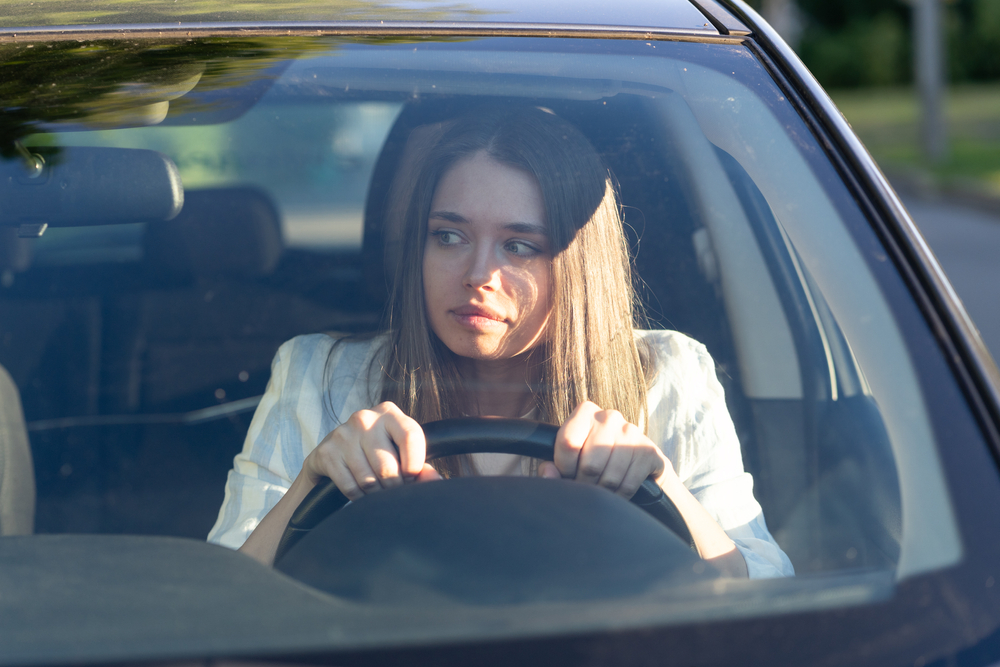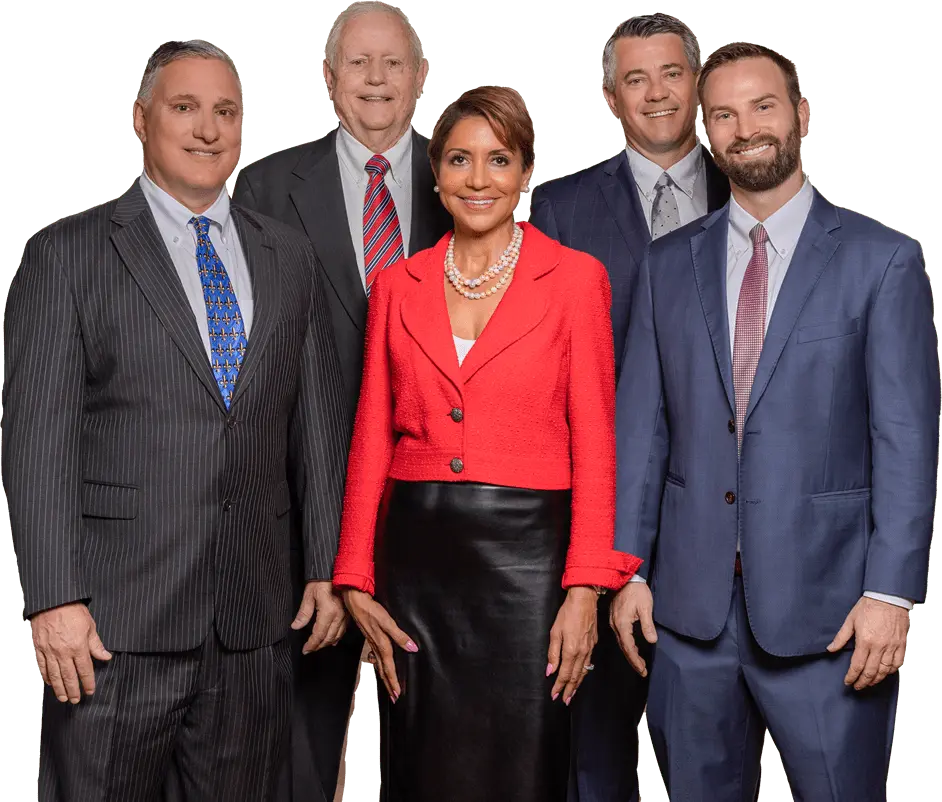
Partner at Charbonnet Law Firm LLC
Practice Areas: Car Accident, Personal Injury

Spring in Louisiana brings heavy rains, creating hazardous road conditions for drivers. One of the most significant risks during wet weather is hydroplaning, a phenomenon that causes vehicles to lose control due to water buildup between the tires and the road. Accidents involving hydroplaning are more frequent than most people think and can result in fatalities or major injuries.
Understanding the causes of hydroplaning, the legal implications, and the preventive measures can help drivers navigate Louisiana roads more safely. In this blog, we will explore the dangers of hydroplaning, relevant laws, and what you can do if you’re involved in an accident.
When a layer of water prevents a vehicle’s tires from maintaining direct contact with the road, this is known as hydroplaning. This loss of traction makes it difficult to steer, brake, or control the vehicle, increasing the risk of an accident.
The faster a vehicle moves over wet surfaces, the more likely it is to hydroplane. Even driving at normal speeds on roads with accumulated rainwater can be dangerous if the tires are worn out or improperly inflated.
Even at speeds as low as 35 mph, new tires can still lose some traction on wet roads. The risk increases dramatically with worn tires or higher speeds. – National Safety Council (NSC)
Several factors contribute to hydroplaning accidents, including:

Hydroplaning-related accidents are common in Louisiana due to the region’s frequent heavy rainfall. Spring showers make roads slick and dangerous, leading to increased accident rates.
According to the National Highway Traffic Safety Administration (NHTSA), approximately 70% of weather-related crashes happen on wet pavement, and 46% occur during rainfall.
According to the Fatality Analysis Reporting System (FARS), 114,960 fatal car accidents occurred during rainy weather over 38 years.
The combination of poorly drained roads, high humidity, and unpredictable rain patterns makes the state particularly vulnerable to hydroplaning incidents.
| Year | Total Crashes | Fatalities | Injuries |
| 2020 | 12,350 | 278 | 3,967 |
| 2021 | 13,420 | 312 | 4,105 |
| 2022 | 14,100 | 325 | 4,250 |
These numbers highlight the dangers of driving during wet conditions and reinforce the need for caution, proper vehicle maintenance, and defensive driving techniques.
A car traveling at 60 mph on a wet road takes nearly twice as long to stop as it would on a dry surface.– Insurance Institute for Highway Safety (IIHS)
Determining liability in a hydroplaning accident can be challenging. While some people assume that hydroplaning is “an accident,” drivers can still be held responsible if they are negligent or driving too fast for the conditions. In some cases, external factors like road maintenance and defective tires may also play a role.
Louisiana law expects drivers to adjust their speed and driving habits based on road conditions. If a driver fails to slow down during heavy rain and causes an accident, they can be found at fault for reckless driving.
Sometimes, poorly maintained roads and drainage issues contribute to hydroplaning accidents. If excessive water buildup due to poor road conditions played a role, local government agencies could share some responsibility for the accident.
Many insurance companies argue that hydroplaning is preventable, which can complicate claims. If a driver is found to be at fault for not adjusting to wet conditions, their claim may be denied or reduced. Working with an experienced accident attorney can help protect your rights if you are involved in a hydroplaning accident.
Preventing hydroplaning starts with adopting safe driving habits during wet conditions. Some essential tips include:
The first ten minutes of rainfall are the most dangerous for drivers, as oil and debris on the road mix with water to create slippery conditions. – National Weather Service (NWS)
Your vehicle’s tires play a crucial role in preventing hydroplaning. Ensure that:

If your vehicle begins to hydroplane, taking the proper steps can help you get control and prevent an accident:
Hydroplaning occurs when a vehicle’s tires lose contact with the road due to a layer of water, causing loss of traction. Water buildup prevents the tires from gripping the surface, making steering and braking difficult.
To prevent hydroplaning, drive at lower speeds in wet conditions, avoid cruise control, maintain a safe distance, and ensure your tires have proper tread depth and inflation levels.
Liability is often assigned to the driver if they speed or drive recklessly. However, poor road maintenance can also contribute to liability. Louisiana follows comparative fault laws, meaning multiple parties may share responsibility.
Stay calm, take your foot off the accelerator, steer gently in the direction of the skid, and avoid sudden braking or sharp turns. Regaining control requires slow, deliberate movements.
Louisiana does not have specific hydroplaning laws, but drivers should adjust their speed and behavior based on weather conditions. Failing to do so can result in liability for an accident.
Hydroplaning accidents are a serious issue in Louisiana, especially during spring showers when roads are most hazardous. The combination of heavy rain, poor drainage, and high-speed driving increases the risk of losing control over your vehicle. However, safe driving practices, proper vehicle maintenance, and legal awareness can help reduce the danger.
If you or a loved one has been involved in a hydroplaning accident, it’s essential to understand your legal rights. Charbonnet Law Firm, LLC is here to help accident victims navigate the legal process, determine liability, and fight for fair compensation. Contact our team to learn more about your options after a hydroplaning accident.

With over 50 years of legal experience serving families in the New Orleans area and surrounding Louisiana communities, our firm takes pride in providing clients with personalized legal services tailored to individual needs.